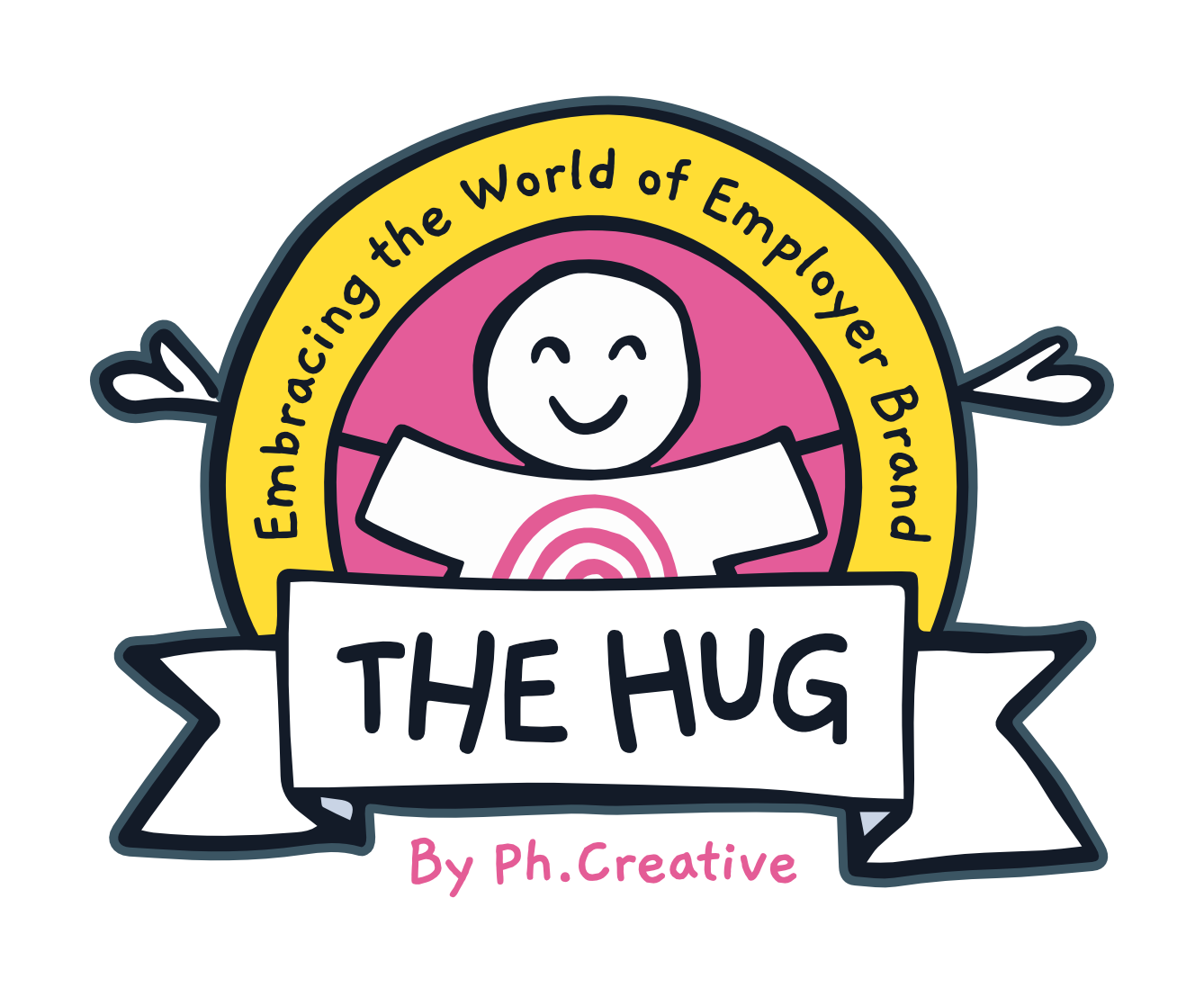A Marketer's Guide to Employer Brand Research
4 min read.In a saturated job market in which valuable candidates have many options, employer branding is how the most innovative companies differentiate themselves from talent competitors.
In marketing, we are comfortable analysing our target audiences in a comprehensive way.
We not only factor in “hard” features such as age, gender, geographic location and income level, we also care (and mostly care) about attitudinal traits, desires, expectations, thoughts, ideas, beliefs and behaviours.
We conduct this analysis to better understand our consumers, so we can offer them products and services adapted to their needs. This process is essential for employer branding, too.
We need to thoroughly get to know our talent audiences, defining their hard and soft traits, so we can maximise our employee experience to suit them.
Where to start


We should start by identifying what kind of talent we need the most, according to their field of expertise and level of experience. Are we hiring lawyers? Doctors? Engineers? Do we need senior staff or juniors? Do we require them to have a bachelor’s or master’s degrees? Do we need them to be experienced in a specific industry?
If, after answering those questions, we realise that we have more than one talent target (perhaps our company employs engineers and accountants at the same level; or we recruit seniors, mid-level and juniors at the same time), it’s time to define our talent target personas, prioritising those we need the most, long-term, in our company.
To design those talent personas, we can start as if we were conducting regular marketing audience research and analysis and add some employee experience related questions.
Where to find talent targets


Well, start with your employees. Conduct surveys, focus groups and interviews with those “model employees” you wish you could have at your company forever.
For external talent audiences you can conduct database or social media research, surveys and focus groups, or hire an experienced research provider to help you.
Talent research questions
These questions will give you a broad understanding of your talent targets, which will be invaluable for designing the strategic key elements of your employer brand and all specific communications.
• What did they study? In which schools? Do they have a degree, which one?
• Do they have previous working experience? How much and where?
• Have they worked for an industry or employer in particular? Which one?
• What do they expect from a job?
• What attracts them to a job offer and working experience?
• What do they need to feel happy at work?
• Do they expect long term relationships with their employers?
• What companies do they think are great places to work and why?
• Why should they believe this company is a great place to work?
• Why is our employee experience interesting, relevant and attractive to them?
• What would make them quit a job?
• What are their learning and development expectations?
Competitors analysis


Before any marketing action, we examine what our competition is up to. Marketers are experts on analysing communications, campaigns, ads, copies and visuals to search for our competitor’s value proposition, key messages and target audiences.
Though not all brands work on specific employer branding communications, there are always assets we can analyse to understand the competition’s apparent value proposition, key messages and target audiences.
Start with:
• Careers website
• Social media channels related to employer brand
• Job descriptions
• Job boards
• Job ads
• Communications and experiences provided on job fairs’ booths
• Employees’ posts on social media (specially LinkedIn, and specially from HR and employer branding areas)
• Reviews and comments on employee review sites: Glassdoor, Indeed
• Word-of-mouth comments from employees and former employees
• Sustainability and annual reports
• Interviews or articles about the working experience and/or the HR area (if our talent competitor is big)
• Internship and apprenticeship programs
• Talent related events or webinars
• Emails from recruiters introducing the company and offering to enter a recruitment process to candidates (maybe some of your employees have received some of those and can share them with you)
• Job offers
• Benefits they offer
Researching for value proposition
When it comes to selling a product or a service the questions we always ask are:
❏ Why should the customer pick us?
❏ What is our differential?
❏ What are we offering that is so special and no one else has?
When we finish answering them all, we will have our CVP: Client (or customer) Value Proposition. The “reason why” our audiences should choose us from all our competitors.
In employer branding we use the EVP: Employee Value Proposition.
Same questions, but with an employee focus:
❏ Why should our talent audience join our company?
❏ What is our differential as a working experience?
❏ What are we offering as a place to work that no other company has?
❏ Why do our people keep choosing us as a place to work?
With a few tweaks, marketers can apply their usual processes and tools with an employer brand focus. Conducting this kind of in-depth research is crucial to gain a deep understanding of our talent audience, find the whitespace that differentiates us and get an edge over our competitors.
Sign up to our blog

Every other Thursday we share:
✔ One feature full of our freshest insights
✔ An expert hack you'll love to use
✔ The links you need now
+ other helpful bits for thousands of EB and TA pros just like you

